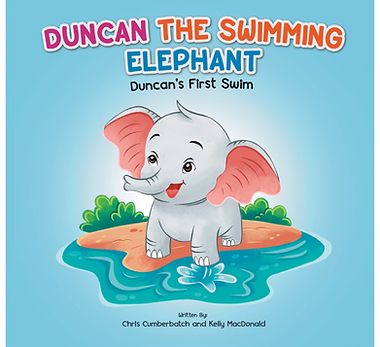
Education
We are more than just swimming lessons. Our mission is to teach and educate as many people as we can in order to make water safety as main stream as road safety, fire safety and stranger safety.
What's New on Social Media?

If you have daughters, this one is for you!
Propaganda we're not falling for!
Lifesaving Society 2025 National Drowning Report
At a Glance
The below infographic summarizes data from 2012-2021, presented by the Lifesaving Society..
-
Total drowning deaths from 2019 to 2020 increased by 116.
-
Total drowning deaths from 2020 to 2021 decreased by 42.
When compared to data from 2010-2019 in the 2024 National Drowning Report:
-
Average fatal drownings per year increased from 453.1 to 464.4.
-
Who is Drowning?
-
Drownings in 20-34 year-olds are up 2%.
-
Males remain the highest risk, accounting for 78% of drownings.
-
-
Where are they drowning?
-
Fatal bathtub drownings is up 1%.
-
Drownings in rivers is up 1% but oceans is down 1%.
-
"Walking/running or playing near water" was the second most-common activity compared to "fishing" in previous data.
-
-
Risk Factors
-
Not wearing a lifejacket decreased, as a risk factor, in all age categories and activities except adults 35-64 years-of-age.
-
Distractions or absent supervision resulted in a 1% increase in fatal drownings in children under 5.
-
Alcohol remains a risk factor in more than 1/3 of drownings for 15-64 year-olds.
-
Swimming alone accounts for 72% of fatal drownings in the 65+ age category.
-
In Ontario, we have a slightly higher drowning rate in the 65+ age category, at 26%.
Ontario also has higher fatal drowning instances at home, 16% in the bathtub and 10% in the pool.
Most notable is that Ontario is above the national average for absent/distracted supervision resulting in 100% of drownings in children under 5.
Parent Resources
Parenting is difficult enough so let's make water safety easy! Here are Marlin Swim Academy's top tips for parents who are looking to keep their families safe around the water.
Make Water Safety Education a Priority
Just like everything else, water safety needs to become a priority. You don't drive off before you have a chance to put your child in their car seat. Let's make it a habit to re-wire our brains and put water safety with road safety, fire safety and stranger safety!
Enroll in Formal Swimming Lessons
We get this a lot: "Babies don't learn anything in swimming lessons". HOLD. THE. PHONE.
Babies are making millions of neural connections every single second. Not only is exposing them to water early going to help with these water-related connections but, seeking out professional programs can actually help with growth and development milestones!
Get into Routine
Develop Habits
Add swimming to your weekly schedule. Take a look at your local pool schedule and see what fits best into your calendar. Children learn so much when they're free to explore in a fun and safe environment.
Water safety habits seem like a hassle - until they save your child's life. Before you go to the pool or the beach for the first time, sit with your family and decide what the expectations are. For example, do parents put lifejackets on the kids before they are allowed out of the car at the beach? Do kids wait for a high-five from an adult before entering grandma's pool? Is the backyard a phone/device-free zone for adults?
Remember, water won't decide to take a life "later" so water safety habits can't wait.



.png)



